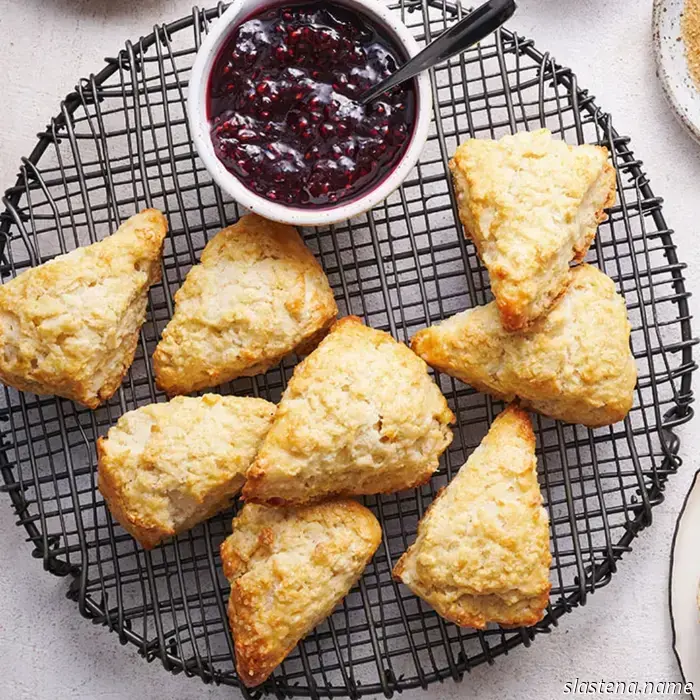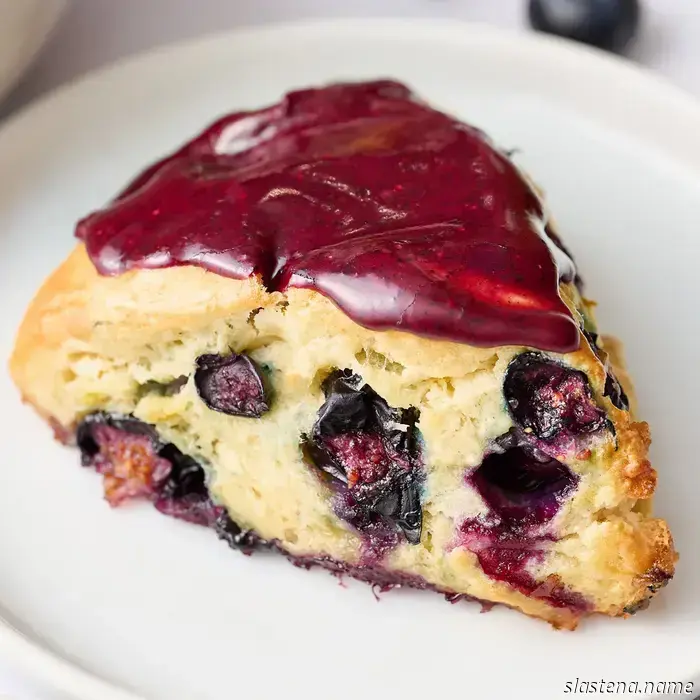
How to Create Flawless Scones
Tessa’s Recipe Overview
Taste: These scones are incredibly buttery with a touch of sweet tang. The possibilities for customization and flavor are limitless!
Texture: Exceptionally tender, flaky, light, and golden brown on the surface. Every bite is pure bliss!
Ease: Very simple. You can prepare them in under 40 minutes, and they can be made in advance.
Why You’ll Adore This Recipe: It's the ideal recipe to keep handy for any special breakfast or brunch occasion.
This post may include affiliate links. Please review our disclosure policy.
I used to be baffled by the fascination and allure of scones – that is, until I tasted a truly excellent scone!
Many scones tend to be bland and heavy; however, after perfecting this recipe, I discovered how delightful scones can truly be. They are heartier and more robust than biscuits since they incorporate eggs and more sugar.
What I appreciate most about them (aside from all that. BUTTER.) is that they are perfect for any breakfast or brunch spread.
Free Muffin Cheatsheet!
Tired of dry, dense muffins? Not in your kitchen! Bake the most tender and moist muffins with our Ultimate Muffin Guide.
The British publication The Mirror even highlighted how memorable this recipe is in their recent article focused on scones!
You can toss in nuts, citrus zest, chocolate chips, or simply serve with flavored butter or your favorite jam and clotted cream (though this leans more towards an American scone recipe than a British one).
Don’t forget to review all my tips below to consistently achieve buttery, tall, flaky, perfect scones!
Sprinkle of Science
How to Create The Best Scones
Flaky Scones Require Cold Butter
Butter must remain COLD from the beginning until the dough goes into the oven.
When the cold butter enters the oven, it melts and the butter's moisture evaporates as steam.
As the steam escapes, it causes the dough to rise, resulting in that beautiful tall, flaky, fluffy texture.
To keep the butter cold, I prefer to cube and freeze my butter before making the dough.
I always opt for unsalted butter in baking. You can discover why here: Salted vs. Unsalted Butter.
Why is Buttermilk Used in Scones?
This is definitely the best choice for liquid in this recipe. It yields tender, taller scones because its acidity interacts with the baking powder, softening the dough. Plus, it adds a lovely tang for greater flavor depth.
What if I Don’t Have Buttermilk? Can I Substitute and Still Make Scones?
I do not recommend substituting buttermilk with a homemade version. If buttermilk is unavailable, you can use kefir or heavy cream instead. Learn more about the buttermilk science here.
Tips for Making Scone Dough:
Whatever you do, avoid overmixing the flour mixture or dough, or letting it get too warm, to prevent flat, tough, and less flaky scones.
My favorite tool for quickly and easily making this dough by hand (so I don't have to pull out my food processor) is this OXO bladed pastry blender.
Using a marble pastry board helps keep the dough cool. If you notice the butter becoming greasy and soft, place the dough in the freezer for 10 to 15 minutes before continuing.
Once shaped, you can also put the unbaked scones on a baking sheet in the fridge or freezer while the oven preheats, to keep the butter cold.
How to Make Tall, Flaky Scones – Bonus Tip
We’re borrowing a trick from croissant baking that I also apply in my Best Ever Pie Crust recipe! A little “lamination” helps the scones rise significantly with numerous flaky layers. Don’t worry, it sounds more complex than it truly is.
If this feels like too much effort, feel free to skip this step – they will still be delicious! Check out my article on How to Make Tall Scones & Biscuits for more helpful advice.
How to Laminate Your Scone Dough:
If you plan to add any mix-ins, fold them into the dough now.
Transfer the rough dough onto your work surface.
Form it into a rectangle.
Fold the rectangle horizontally in thirds, as if you're folding a paper to fit into an envelope.
Flatten it back into a rectangle.
Now fold it in thirds again, but in the opposite direction. This also gently ‘kneads’ the dough, helping it come together into a more cohesive disk without overmixing; overmixing results in tough scones and biscuits.
Try shaping half your dough this way and half without to notice the difference. The results might surprise you!
I even showcased this during a live Zoom class with my Blueberry Scone recipe. Here’s a comparison of Benjamin’s laminated and non-laminated scones:
How to Prepare Scones in Advance
The shaped, unbaked








How to Create Flawless Scones
How to Create Ideal Scones, prepared in only 35 minutes! The tallest, flakiest, and most delicious buttery scones. Simple recipe that can be prepared in advance.

